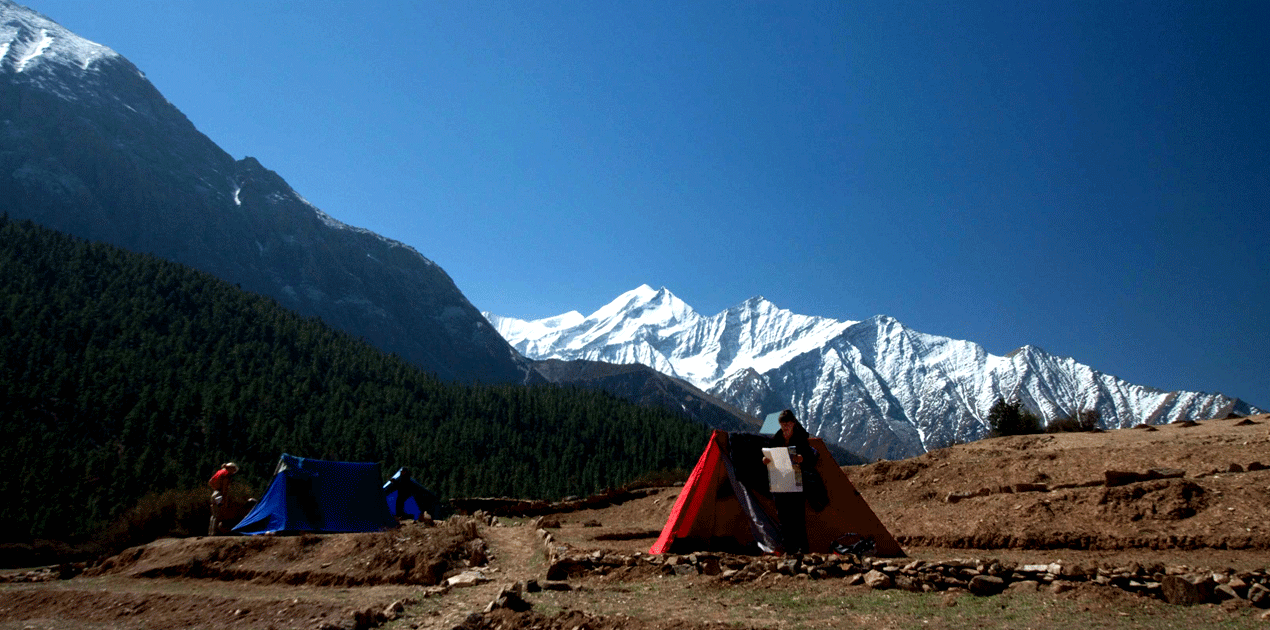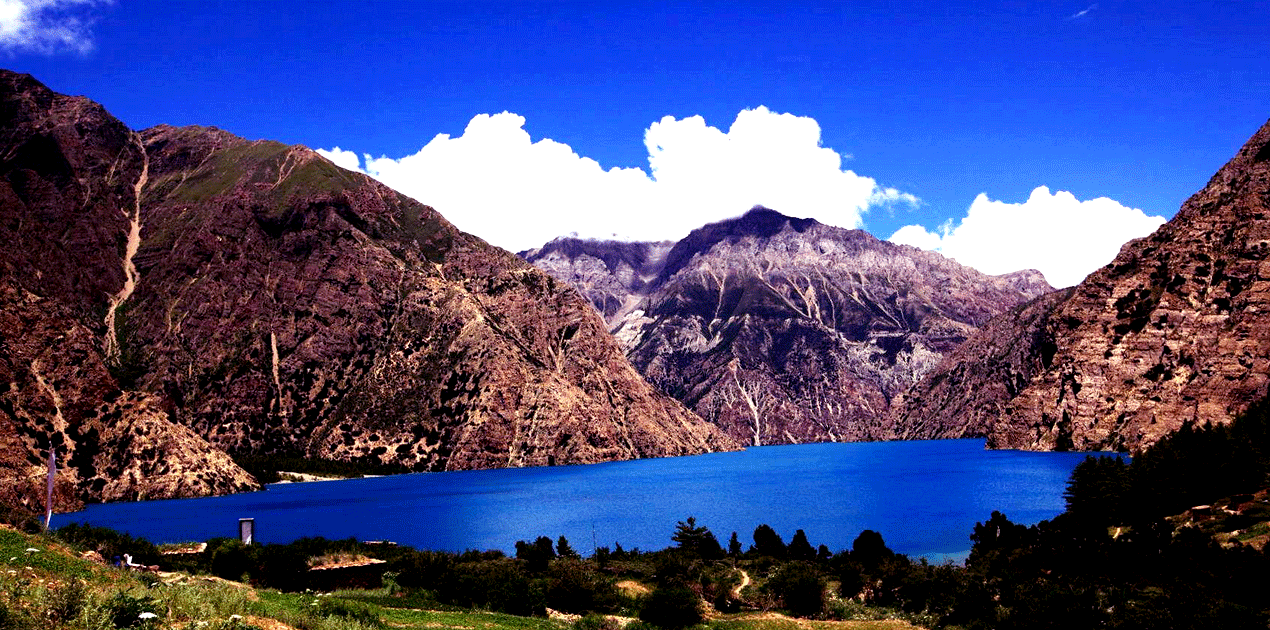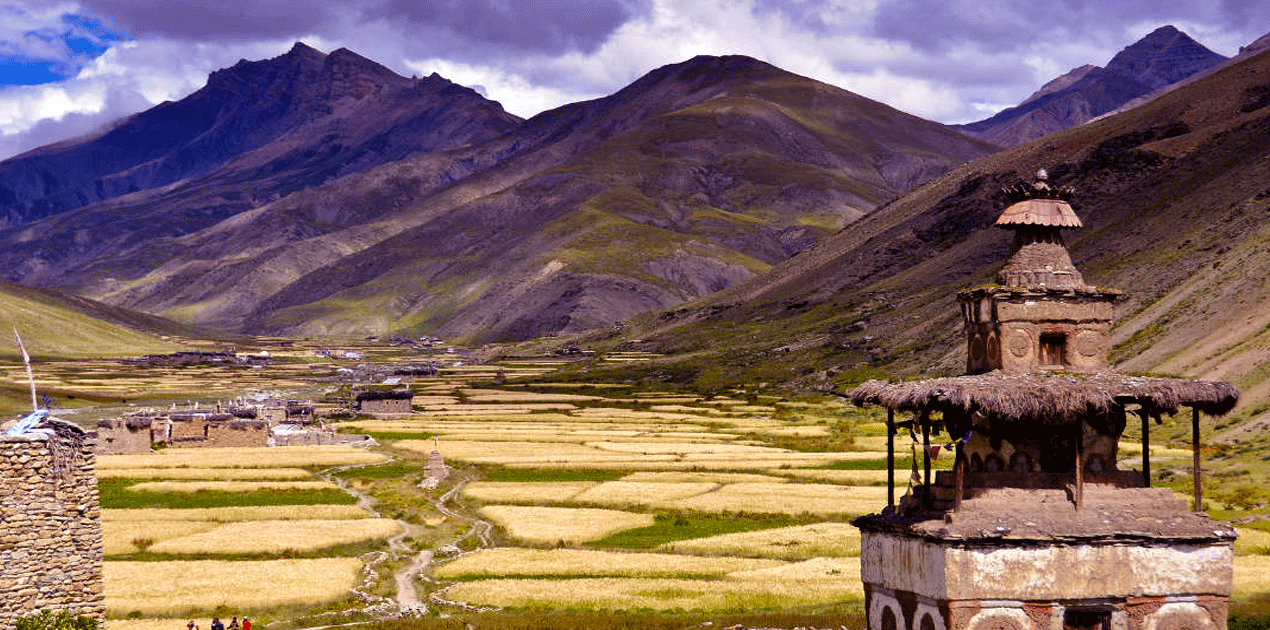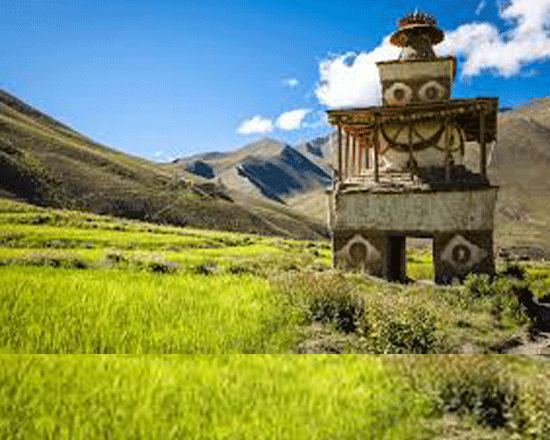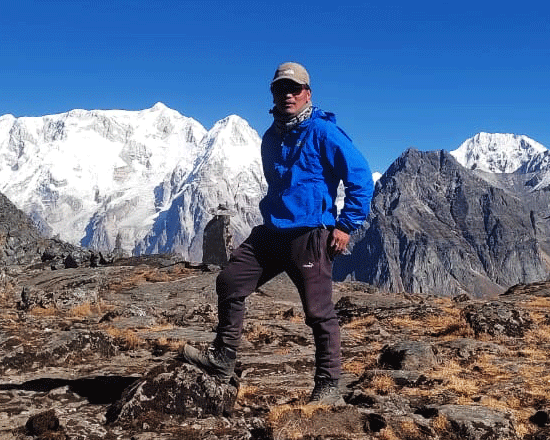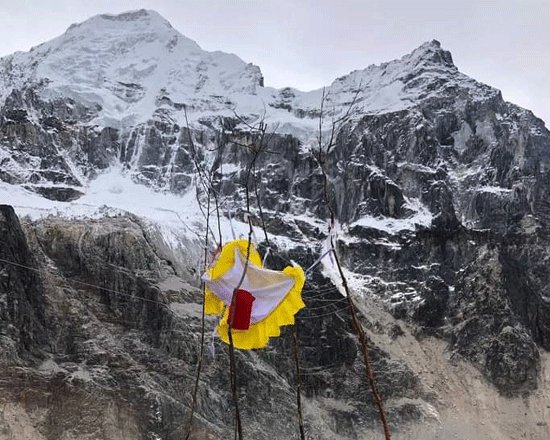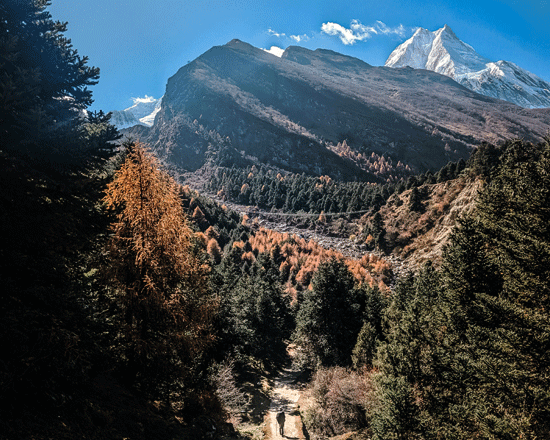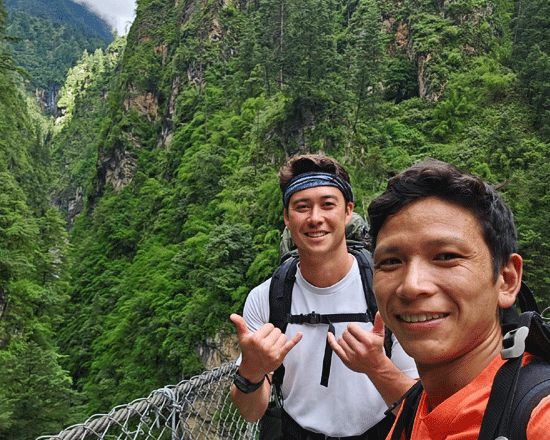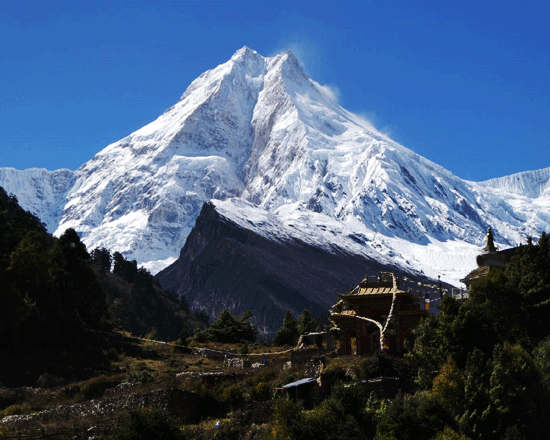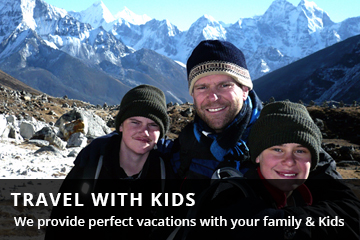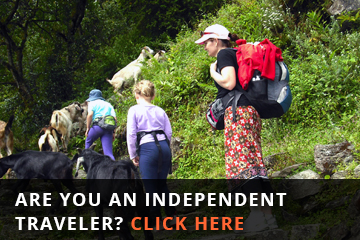Lower Dolpo Trek
Lower Dolpo Trek
Wilderness TrekkingTrip Facts
Since the terrain can be hard and the days long, hikers on these treks should be in good physical condition and have some previous mountain walking experience. Steep climbing may be involved, although it is never necessary to use ropes. Treks at this level can he arranged for periods of 16 to 21 days. Typically, a gradual ascent through a green river valley will lead you up to a number of high passes, where you will reach the altitude of 5416m. Often times, you will get a close insight into the Tibetan culture. Participants should expect to trek above 5416m/17872ft.
100%
Overview
Lower Dolpo Trek 15 days Itinerary
The Lower Dolpo Trek presents a captivating journey through isolated and breathtaking landscapes, setting it apart from popular trekking regions like the Annapurna and Everest regions. The Lower Dolpo Trek offers a unique opportunity to explore remote and lesser-explored areas of Nepal. As you traverse the Lower Dolpo trail, you’ll experience the serenity and tranquility of the untouched surroundings.
The highlight of the Lower Dolpo trek is the exploration of Shey Phoksundo Lake, a pristine and mesmerizing turquoise lake. Along the way, you’ll encounter Buddhist monasteries and immerse yourself in the ancient Bon Po culture, adding a cultural dimension to your trekking experience. The Lower Dolpo region offers an enriching encounter with traditional practice and belief, renowned for its distinct cultural heritage.
Description
In addition to the cultural aspects, the Lower Dolpo trek itinerary allows you to witness the incredible biodiversity of the region. The area is home to a range of plant and animal species, including some endangered ones. The trek offers a chance to appreciate the unique flora and fauna that thrive in this remote and protected environment.
The Lower Dolpo trek itinerary typically takes around 15 days to complete and includes a combination of basic tea house accommodations and homestays. During the trek, there are three nights and four days of camping, which provide an opportunity to experience the rugged and pristine beauty of the high passes, such as Numala Base Camp (4,440m), Danigar (4,510m), and Yak Kharka (3,982m).
History
Notably, the Lower Dolpo region opened to foreign travelers in 1990. Even today, it remains a restricted area with limited access. The trails in this region are remote and less frequented, adding to the sense of adventure and exploration. Local communities still rely on yak and sheep caravans for trade with Tibet, showcasing a traditional way of life that has endured for centuries.
The Lower Dolpo trek unveils hidden valleys, enchanting landscapes, and unique cultural encounters. The main highlight of the Trek is Phoksundo Lake and several high passes, it is an adventure and enthralling path, a reasonably tough trek that connects with a part of the Great Himalayan Trail (upper Dolpo trek) and Rara Lake to Dhorpatan Circuit trek. It offers an unforgettable experience that showcases the untouched beauty and charm of Nepal’s remote regions.
Lower Dolpo Trekking Permit Cost
Lower Dolpo and Upper Dolpo trek are restricted areas requiring trekkers to obtain a special permit to enter the region. The Permit for the Lower Dolpo trek costs US$30 per person for the first 10 days. For each additional day beyond the initial 10 days, trekkers must pay an extra fee of US$5 per person per day.
Additionally, trekkers must obtain a TIMS (Trekkers Information Management System) card. The cost for a TIMS card is NPR 2000 (approximately US$20) for individual trekkers and NPR 1000 (approximately US$10) for group trekkers.
Lower Dolpo trek is only permitted through a registered trekking agency and with a licensed guide. The agency will arrange the necessary permits on behalf of the trekkers. It is important to check the current permit fees with a registered trekking agency or the Department of Immigration of Nepal before planning the trek.
Flora and fauna
Isolated region
The lower Dolpo area is a restricted but isolated paradise and area of Nepal. The mountains are gray hills and dry alpine grazing deserts. Strong winds and dust are common during the day, and greenery is visible throughout the trek. Therefore, this trek is isolated from other treks.
Trek Duration
lower Dolpo trek 15-day journey begins with a short scenic flight from Kathmandu to Nepalgunj, followed by another 30-minute flight to Juphal, the start of the trek. This trek discovers the beautiful villages of Dunai Bazaar, Phoksundo, Dhotrap, Numala Base Camp, and the beautiful blue color Shey-Phoksundo Lake with around green valley pine forest.
Local agency
Nepal Wilderness Trekking is a reliable trekking agency in Nepal, that leads the Lower Dolpo trek expert team, we are sure, that you will have quality time with our experienced guide and porters, the guide is Knowledgeable, responsible, and familiar with the region, trekking trails, history, people, cultures of the Dolpa region.
Lower Dolpo Trek Highlights
Shey Phoksundo National Park: The trek takes you through the beautiful Shey Phoksundo National Park, which is home to the stunning Phoksundo Lake, the deepest lake in Nepal.
Ancient Tibetan monasteries: The region is known for its ancient Tibetan monasteries, including the Shey Gompa, which dates back to the 11th century. These monasteries offer a glimpse into the unique Bon Po religion and Tibetan culture of the area
Remote traditional villages: Experience the unique culture and traditions of the Dolpo people. You can interact with the friendly locals and learn about their daily life and customs.
High-altitude passes: The challenging high-altitude passes like the Kang La Pass (5,350m) and the Jeng La Pass (5,090m), offer stunning views of the surrounding mountains and valleys.
Scenic landscapes: Known for its rugged and remote landscapes, deep valleys, waterfalls, and barren hillsides.
The lower Dolpo trek is quite challenging, with high-altitude passes like the Kang La Pass (5,350m) and the Jeng La Pass (5,090m). You will need to have a good level of fitness and acclimatization to undertake this trek. The best time to do the Lower Dolpo trek is from March to May and from September to November.
Physical preparation
What’s crucial is a willingness to prepare physically and mentally, and to respect the demands of the environment. Proper acclimatization ensures trekkers can fully enjoy the journey, absorbing the breathtaking landscapes and immersing themselves in the local culture. Ensure that, you bring the recommended equipment, such as a boot rated for -25°C. A sleeping bag and poles are provided by the company. Remember, a quality sleeping bag can make your trip enjoyable, while a poor one can make it miserable.
Note
It is recommended that you arrive in Kathmandu 2 days before you start your trek. Arriving 2 days early is beneficial because you need to make the permits, learn about the trek you are doing, and familiarize yourself with the routes. Additionally, you might need to buy or hire trekking equipment if needed. By adding some extra days besides the actual trekking days, you can enjoy your trip to Nepal to the fullest. Consequently, this will allow you to focus on your journey without having to worry about last-minute preparations.
Detail Itinerary
- Day 01: Fly to Jhupal and trek to Dunai 2140m. 4 hours overnight at lodge
- Day 02: Trek to Tarakot, 2540 m 5-6 hrs, overnight at lodge
- Day 03: Trek to Laina Udar, 3375m 4-5 hrs, overnight at lodge
- Day 04: Trek to Ghyamgar 3756M 5/6 hour hike overnight at lodge
- Day 05: Trek to Dhotrap, 3944 m 6-7 hrs, overnight at lodge
- Day 06: Rest day
- Day 07: Trek to Numala Base Camp, 4440 m 4-5 hrs, overnight at tent
- Day 08: Trek to Danigar 4510 m via Numa La Pass 5238m 6-7 hrs, overnight at tent
- Day 09: Trek to Yak Kharka 3982m via Baga La Pass 5214 m 5-6 hrs, overnight at tent
- Day 10: Trek to Shey-Phoksundo 3733 m, overnight at lodge
- Day 11: Rest day
- Day 12: Trek to Rechi 2940 m, overnight at lodge
- Day 13: Trek to Raktang 2260m overnight at lodge
- Day 14: Trek to Jhupal 2475m overnight at lodge
- Day 15: Fly to Nepalgunj and fly back to Kathmandu
Cost Included
- All land transport and flight tickets from Kathmandu to Nepalganj- Jhupal- Nepalganj- Kathmandu.
- National Park Conservation and lower Dolpo special trekking permits and TIMS fees.
- Lodge Accommodation and 3 times meals a day during the trekking.
- 3-night tent trek
- Experienced English-speaking trekking guide licensed by the government, familiar with the area.
- One porter for every two to three participants. (Note: An additional cost applies for solo clients requiring a porter.)
- All programs according to itinerary on full board.
- guide and porter Wages, equipment, insurance, and other facilities to staff.
Cost Excluded
- Hotel in Kathmandu
- Lunch and dinner in Kathmandu
- Travel Insurance (which covers helicopter rescue Evacuation in case of emergency.
- Personal expenses.
- All bar bill.
- Items of a personal nature, i.e., Soft/hard drinks, tips, etc.
- Excluded are all costs and expenses not listed under "cost includes"
- Inclusion of costs or delays beyond the control of the management, such as landslides, weather conditions, itinerary modifications due to safety concerns, illness, changes in government policies, strikes, etc.

